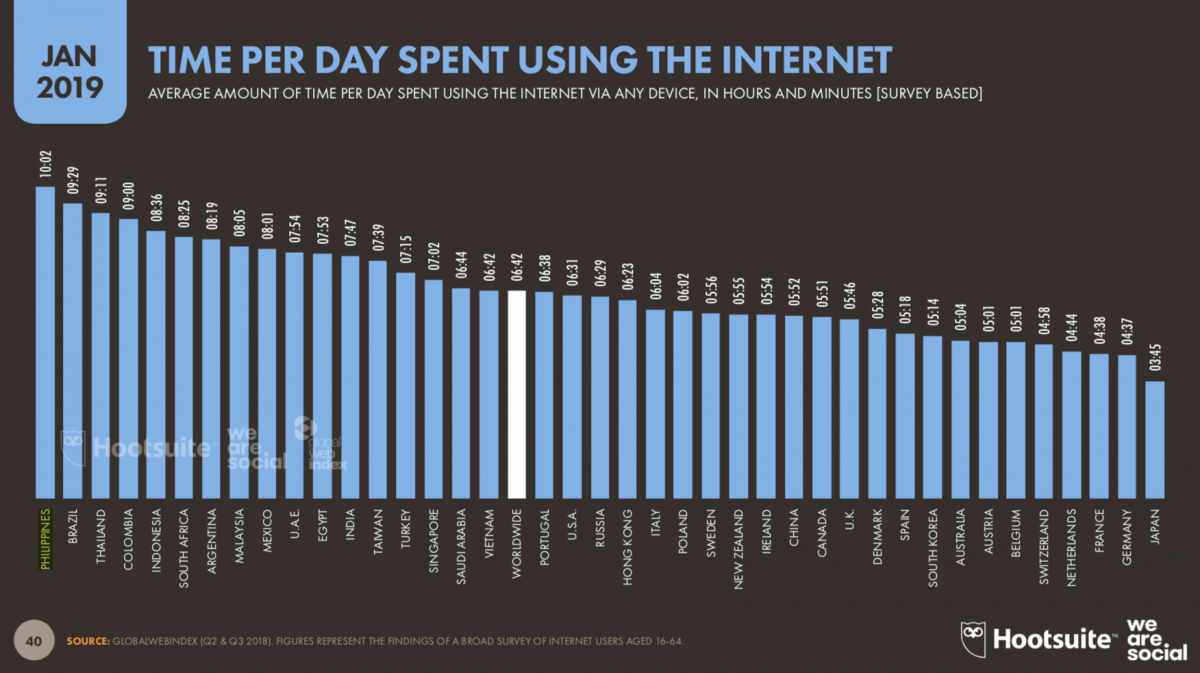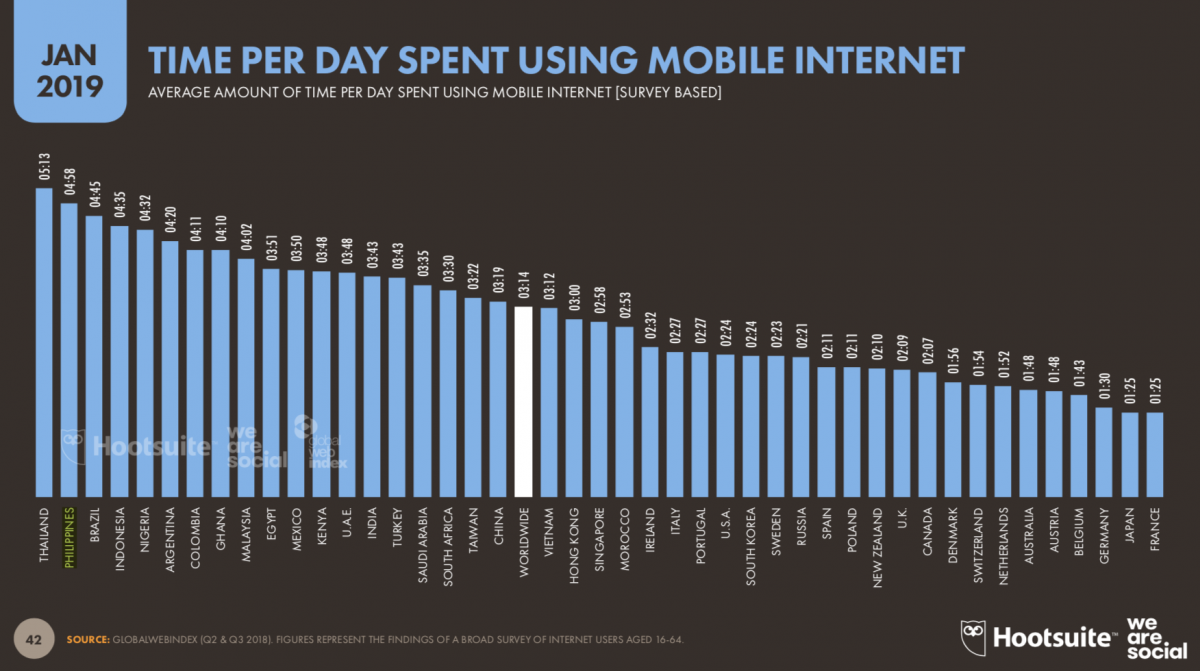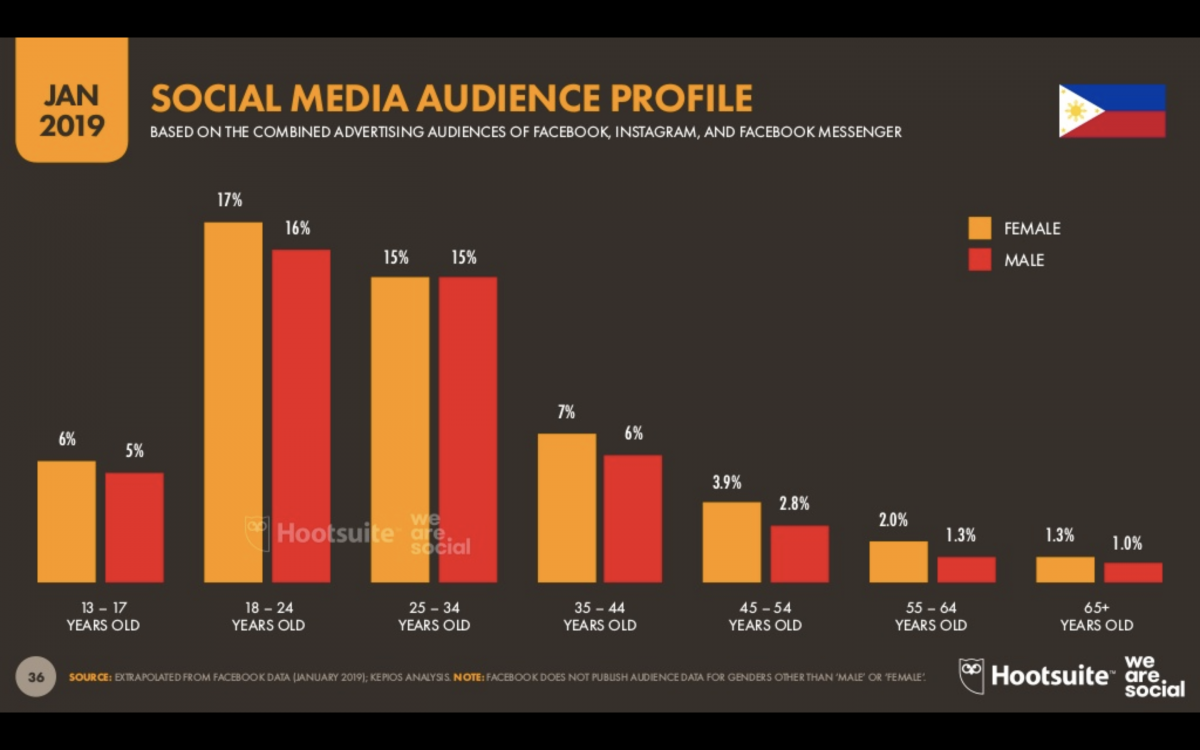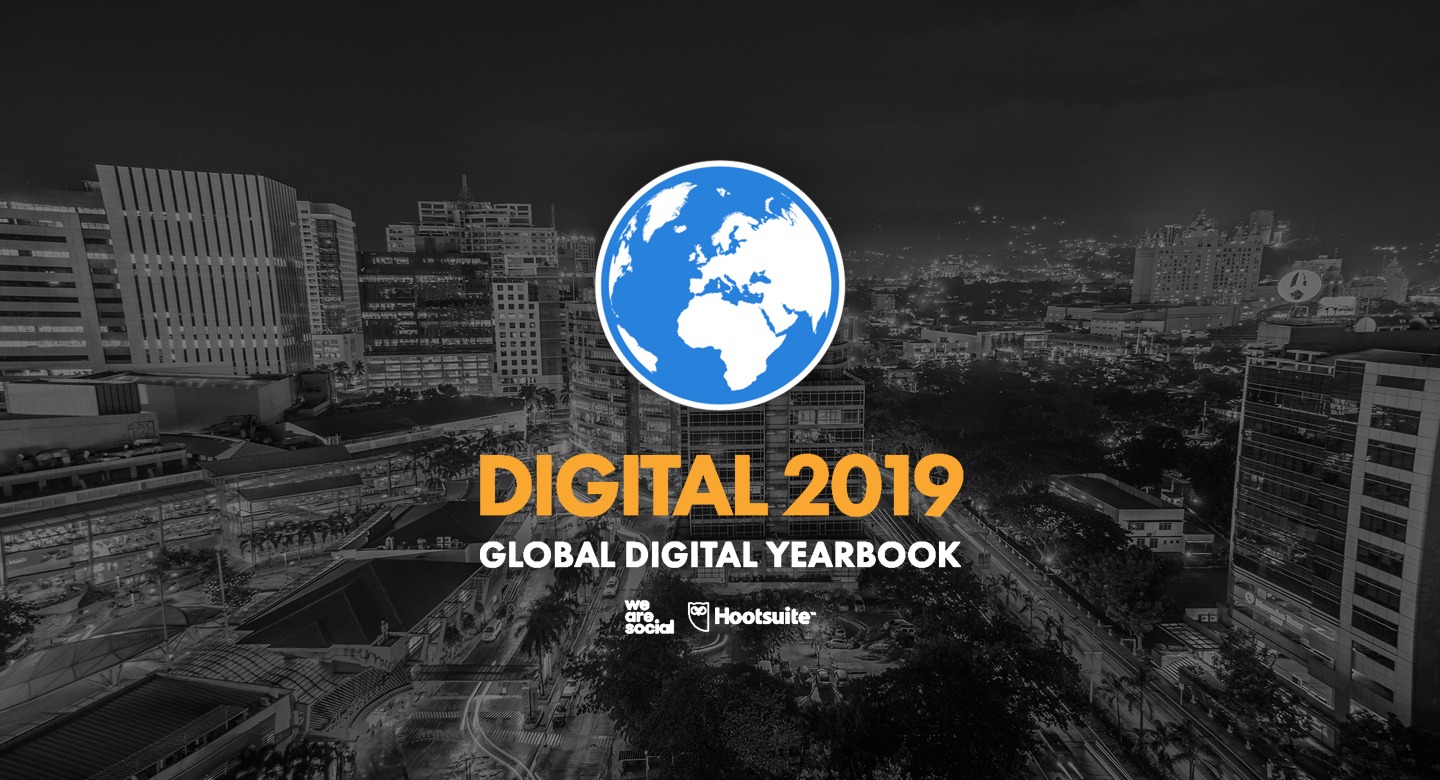Hootsuite, the leader in social media management, in collaboration with We Are Social, the global socially-led creative agency, released Digital 2019. The eighth annual report, which examines digital trends and social media use across 230 countries and territories, uncovered that more than one million new people go online every day, and that 45% of the world— nearly 3.5 billion people annually—are logging in to their favorite social platforms. That’s a near 9% increase year-over-year despite growing concerns of fake news, fake followers and data privacy in 2018.
Hootsuite’s Insight On The Philippines
Internet users in the Philippines upped their average time online to 10 hours and 2 minutes up from 9 hours and 29 minutes last year. This inched them past Thailand to become the country that spends the most amount of time online.

The new reigning champions of time spent online also maintained their global lead in time spent on social media by spending an average of 4 hours and 12 minutes on social platforms, a substantial leap from the global average of 2 hours and 16 minutes. With such strong internet usage, businesses in the Philippines can’t afford to miss the opportunity that digital and social represent, 70% of internet users in the country spend money on eCommerce platforms.

Mobile internet proved to be a popular method of accessing the internet in the Philippines, users there spent 4 hours and 58 minutes on mobile internet, the second highest globally behind Thailand. A healthy 57% of internet users also spent on mCommerce platforms and mobile banking usage reached 54%, both higher than the global averages of 55 and 41 percent respectively.
Roger Graham, Head of Asia, Hootsuite, said “Asia is one of the world’s fastest-growing regions for Internet and mobile usage, and with that comes a huge appetite for technological adoption, foreign investment and digital innovation. Brands and companies are recognising this opportunity and demonstrating a strong sense of urgency to integrate digital and social media into their business. We have been rapidly expanding our teams and partnerships across the region to meet this demand as we are focused on helping our customers unlock the value of social media through technology, strategy and training.”
Delivering content for mobile consumption has become increasingly critical as the majority of active social users—3.25 billion—are accessing social networks through their mobile devices. However, which social networks people use—and the way they’re engaging with them—is changing.

Facebook retains its position as the most popular social media network worldwide. Brands can now reach 2.121 billion people around the world with Facebook ads. And although growth is slowing, Facebook is still expanding its user base. Looking at just the last quarter of 2018, Facebook grew 1.7%, or by 37 million monthly active users. Instagram has a smaller user base than Facebook at approximately 1 billion active accounts, but it’s growing at a faster rate. Instagram grew 4.4% in the final 3 months of 2018, or by 38 million active users. The active advertising audience of Twitter and Snapchat declined by 2.7% and 12% respectively.
“Despite controversy around privacy, hacking, fake news and all the other negative aspects of online life, the world continues to embrace the internet and social media.” said Nathan McDonald, Co-Founder and Group CEO of We Are Social. “Brands need to develop creative, socially-led strategies to make the most of changing habits—especially when it comes to incorporating video and adapting to voice-controlled devices.”
When it comes to messaging apps and the rise of messaging among users, Facebook also continues to dominate. The company’s investment in WhatsApp maintained its place as the global favorite in 133 countries, while Facebook Messenger is number one in 75 countries, including the United States. WeChat remains the messaging app of choice for those in China.
Global internet and social media use is also propelling e-commerce. More than 2.8 billion people purchased consumer goods via e-commerce in the past year, up 3.1%. 75% of internet users have bought something online in the past month, the majority from mobile devices. Collectively, that led to $1.786 trillion USD in global online consumer goods spending, a jump of 14% year-over-year. More and more digital e-commerce is happening on social as users enjoy the convenience of purchasing direct from their social feeds.
The 200-page Digital 2019 report is now available here.









